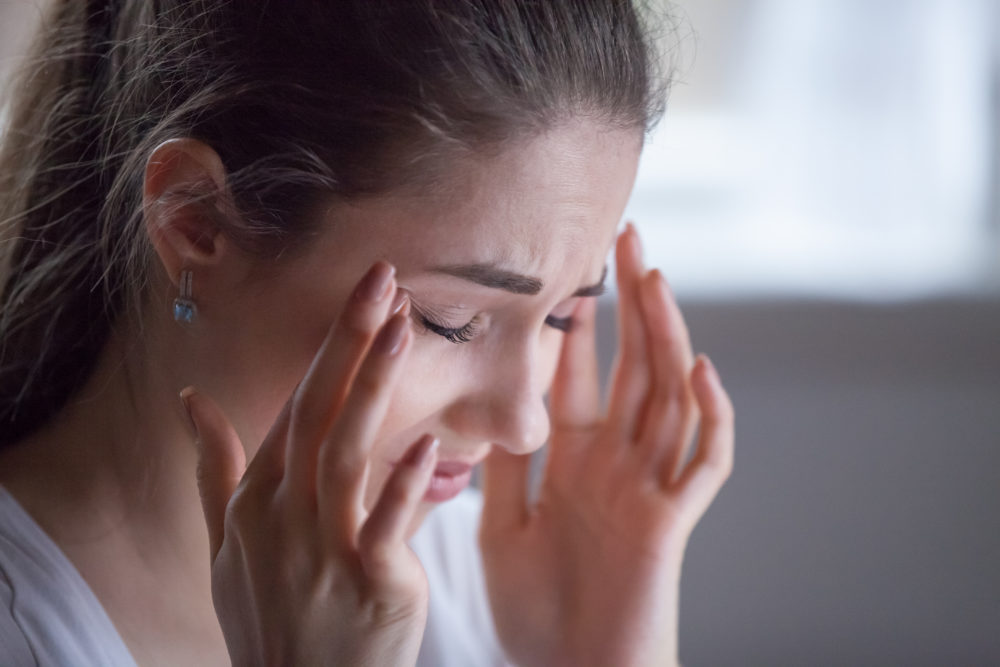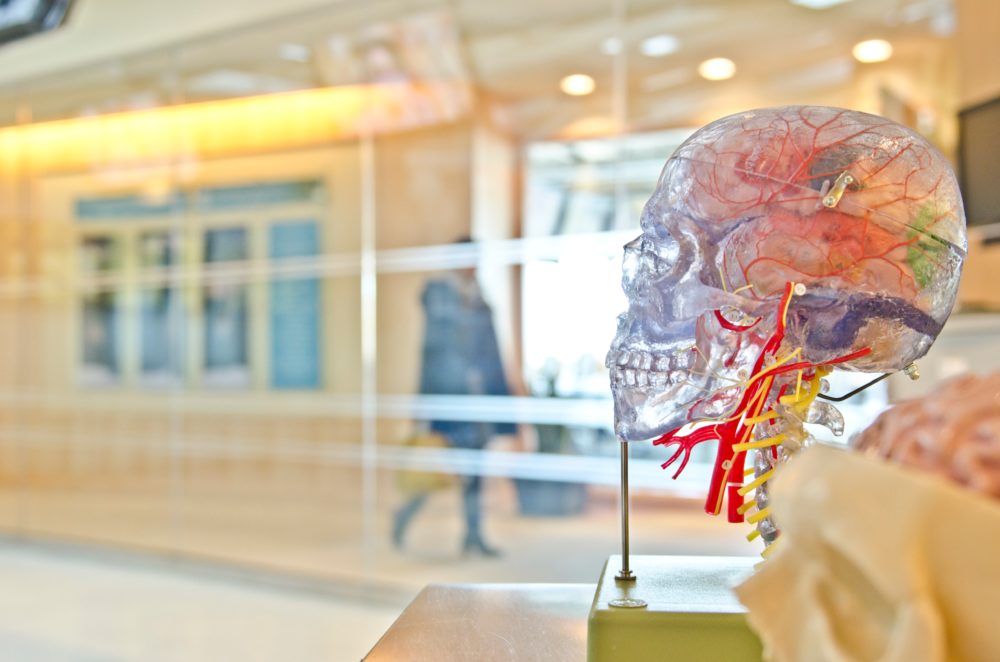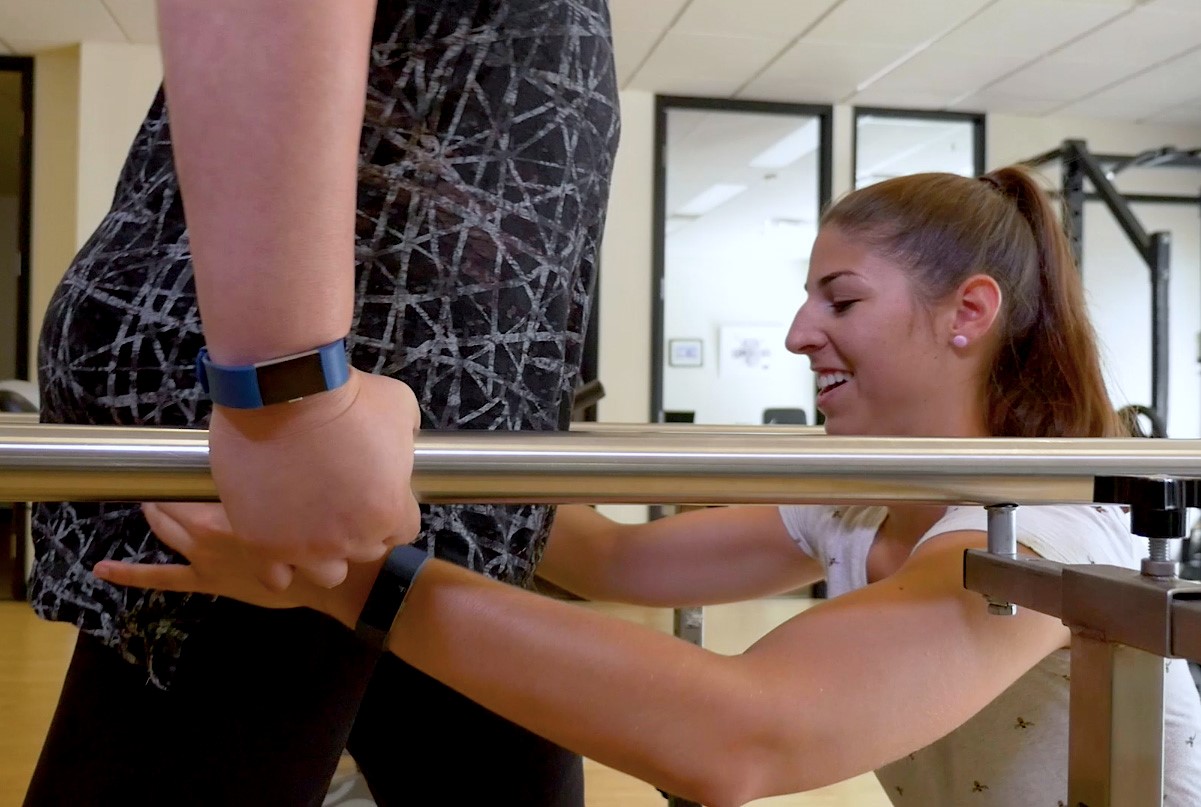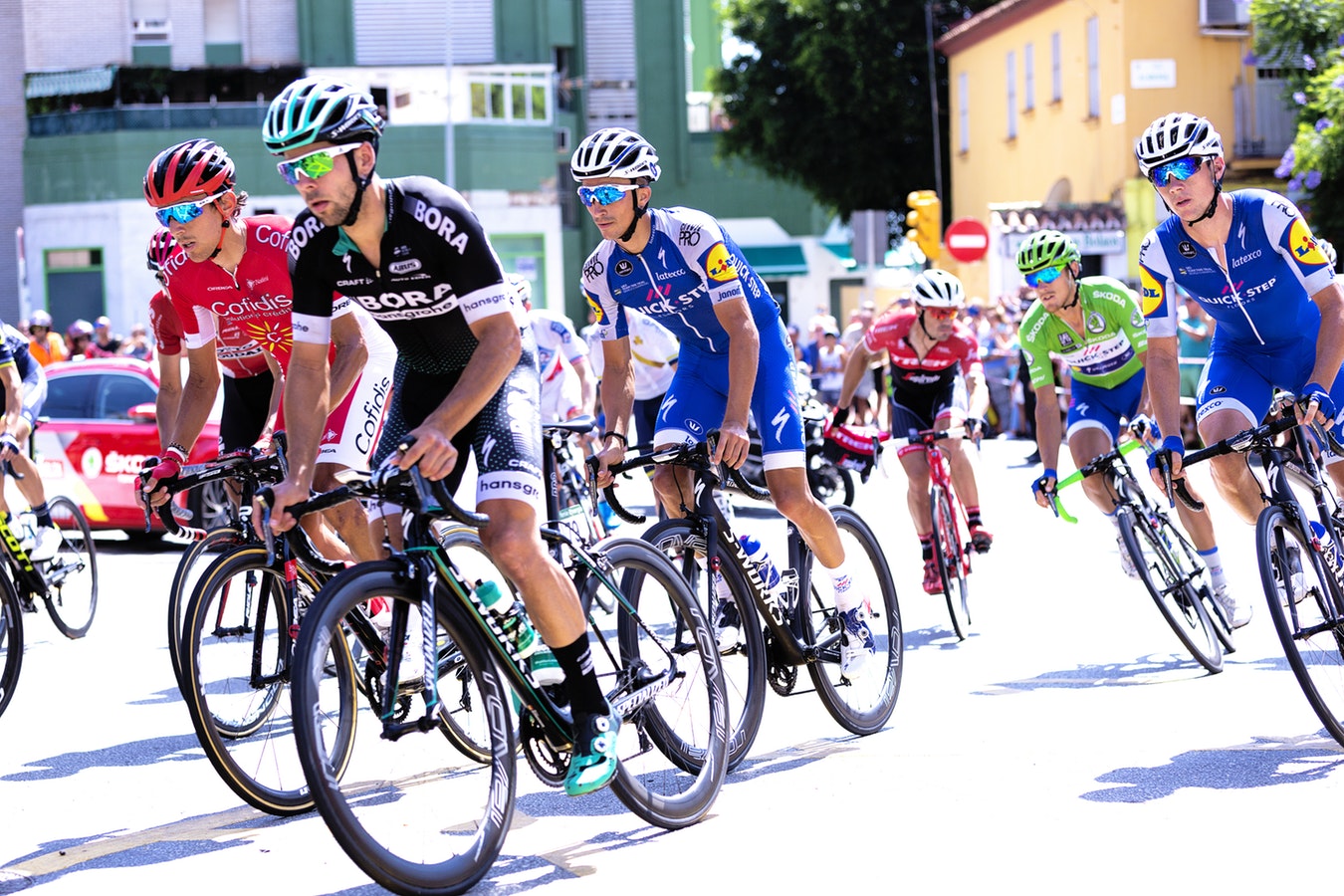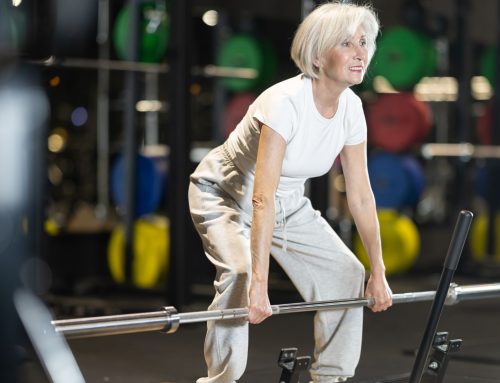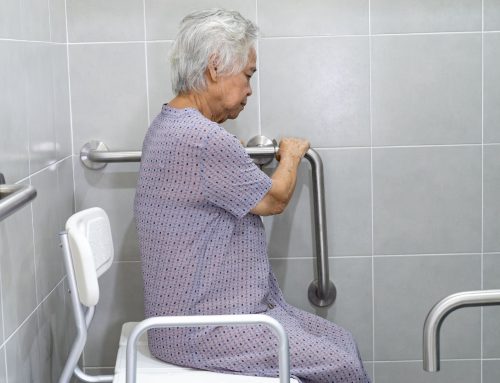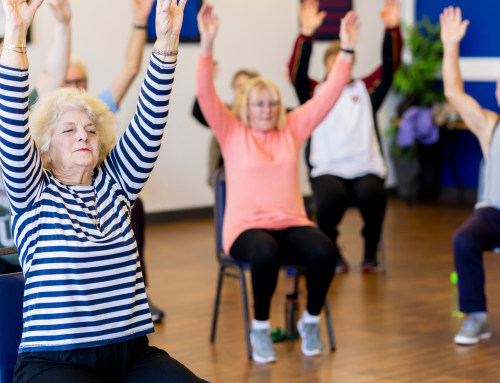Osteoporosis is often associated with women. As such, it is often underdiagnosed and untreated in the male population. However, one in five men will sustain one or more osteoporotic fractures in their lifetime.[i] Moreover, recent research has demonstrated that men were more subject to develop post-major-fractures complications often leading to death.[ii]
In this article, we will examine the risk factors associated with osteoporosis in men and the role that physiotherapists play in the osteoporotic post-fracture rehabilitation. Additionally, we aim to promote awareness and prevent the onset of various post-fractures complications associated with osteoporosis, specifically in the male population.
Table of Contents:
- What is osteoporosis?
- What are the risk factors of osteoporosis?
- Osteoporotic fracture rehabilitation
- Preventing osteoporotic fracture recurrence
- Conclusions
What is Osteoporosis?
Although bones only make up 12% of a complete body composition, they play an outsized role in providing a strong and steady framework to support and protect our organs from injuries.
Thanks to their high density, our bones are strong enough to absorb many types of impact. Bone growth and loss in terms of density, speed, size, and strength follow specific phases of our life.
In general, our bone growth continues until we reach our “peak mass” in our thirties, when our bones are at their maximum size and strength. Past this period, our bone growth slowly starts decreasing, and at the same time our bone loss starts to increase.
Previously researchers demonstrated that men have a greater peak bone mass, and a slower bone loss rate compared to women, as they do not experience a sudden drop in hormones (menopause phase).[iii] Despite this previous point, it still does not mean that they won’t suffer from bone loss later on, as there’re several other risks factors to consider.
Osteoporosis is a disease affecting bones and causing a deterioration of their mineral density, mass and strength. This makes them more porous, and leads to increased risk of fractures. The most common fractures of osteoporotic patients are usually located on their hips, wrists and/or spine.
This condition is often referred to as a “silent thief”, as the symptoms of bone loss are not visually perceptible until the first fracture appearance. Osteoporosis has been divided into four different stages: including high risks of having fractures from the third stage.
Although the exact etiology of osteoporosis is still unknown, some factors may contribute to its manifestation.
What are the Risk Factors of Osteoporosis?
There are two types of risk factors, the non-modifiable ones (background risks factors) and the modifiable ones (behavioral risk factors).[iv]
Background risk factors include:
- gender: women greater than men
- family history (hip fractures)
- race (White and Asian women)
- advancing age
- fractures complications: men greater than women
Behavioral risk factors:
- lifestyle: smoking/heavy drinking (alcohol, caffeine); inactivity
- changes of hormones (low testosterone, menopause)
- diet: low calcium intake, vitamin D, potassium/proteins for years
- eating disorders (i.e., anorexia nervosa)
- specific types of medications (>3 months use): cancer drugs, glucocorticoid steroid, antiepileptic drugs
- other medical conditions: endocrine and hormonal diseases (hypogonadism, primary hyperparathyroidism), gastrointestinal diseases, vertebral compression fractures, rheumatoid arthritis, certain types of cancer, HIV/AIDS
Osteoporotic Fracture Rehabilitation
Recurrent fractures are common in osteoporotic patients after the first fracture appearance, emphasizing the importance of rehabilitation for both recovery of the initial fracture and prevention of fracture reoccurrence.[v]
Fewer than 20% of fracture patients in Canada are diagnosed and follow an adequate treatment for osteoporosis. Hundreds of thousands of Canadians needlessly fracture each year because their osteoporosis goes undiagnosed and untreated, especially in men as there’s a common belief associated with a low level of awareness that osteoporosis is mainly attributed to women population.[vi]
Therefore, if you just had a fracture after a small impact traumatism – accidental fall, picking up your grandchild, minor bump, coughing, sneezing, etc. – you might want to go see your doctor for further testing/assessment to either make sure your bone density is still stable or to get an “early” optimal osteoporotic diagnosis.
As physiotherapists, our goals are to:
- Educate patients and promote awareness on osteoporosis risk factors regardless any genders
- Educate patients to reduce the risks of additional fractures (positional alignment, proper lifting techniques, protective techniques for thoracic cage)
- Avoid any possible complications (other or recurrent fractures)
- Maintain their current physical capacities
- Increase their physical activity reconditioning
- Overall body strengthening especially in the fractured area,
- Improve sitting/standing posture(s) and balance tolerance
- Promoting progressive resistance and impact training
- Optimize their independency and quality of life
Depending on the location of the patient’s fracture (hips, vertebrae, wrists), the treatment/specific techniques might be different however, the objectives of the treatment plan remain the same.
Preventing Osteoporatic Fracture Recurrence
Education plays a major role in preventing further fractures and developing new habits that make your daily life activities safer and easier.
First and foremost, individuals with osteoporosis are advised to modify any of the behavioural risk factors listed above, if necessary. Try to keep being active, in as safe a manner as possible; avoid/reduce heavy alcohol drinking and/or smoking; and try to shift your diet to be more calcium/potassium nutrients-orientated.
To help reduce the risks of falls, avoid having too many carpets in the house. Lifting heavy objects or picking up your grandchildren should be avoided or done with help or support. Additionally, while coughing or sneezing; try to protect your back. Your physiotherapist can teach you proper lifting techniques, as well as specific techniques for coughing and sneezing.
Conclusion
Osteoporosis is a widespread bone condition affecting both men and women and impairing their independence, quality of life, and life span—for the most severe stages. Over 2.3 million Canadians are living with osteoporosis and over 80% of all fractures in people 50+ are caused by osteoporosis.
It is very important to be aware that the first sign of osteoporosis is getting a fracture. Moreover, since the population’s average age keeps increasing, and, because these fractures are linked with higher health care costs, physical disability, impaired quality of life -decreased independence-, and increased mortality, these numbers are becoming quite concerning.[vii]
Physiotherapists play a major role in the rehabilitation and reconditioning of osteoporotic fractures as well as helping you incorporate new, safer behaviours into their everyday activities to reduce the risk of recurrent fractures and complications and enhance their quality of life.
Make sure to get a complete, optimal diagnosis before starting any rehabilitation program or type of training since untreated osteoporosis can lead to a vicious cycle of recurrent
References
[i] Lorentzon M, Johansson ,H., Harvey ,N. C., Liu ,E., Vandenput ,L., McCloskey ,E. V., et al. Osteoporosis and fractures in women: the burden of disease. Climacteric. 2 janv 2022;25(1):4‑10.
[ii] Anastasopoulou C, Barnett MJ, Rodrigues Silva Sombra L, Garla VV. Osteoporosis in Males. In: StatPearls [Internet]. Treasure Island (FL): StatPearls Publishing; 2025 [cité 3 avr 2025].
[iii] Rinonapoli G, Ruggiero C, Meccariello L, Bisaccia M, Ceccarini P, Caraffa A. Osteoporosis in Men: A Review of an Underestimated Bone Condition. Int J Mol Sci. 20 févr 2021;22(4):2105.
[iv] Giusti A, Bianchi G. Male osteoporosis. Reumatismo. 28 juill 2014;66(2):136‑43.
[v] LeBoff MS, Greenspan SL, Insogna KL, Lewiecki EM, Saag KG, Singer AJ, et al. The clinician’s guide to prevention and treatment of osteoporosis. Osteoporos Int J Establ Result Coop Eur Found Osteoporos Natl Osteoporos Found USA. oct 2022;33(10):2049‑102.
[vi] Vanderschueren D, Boonen S, Bouillon R. Osteoporosis and osteoporotic fractures in men: a clinical perspective. Baillieres Best Pract Res Clin Endocrinol Metab. juin 2000;14(2):299‑315.
[vii] Srivastava M, Deal C. Osteoporosis in elderly: prevention and treatment. Clin Geriatr Med. août 2002;18(3):529‑55.
Written by








